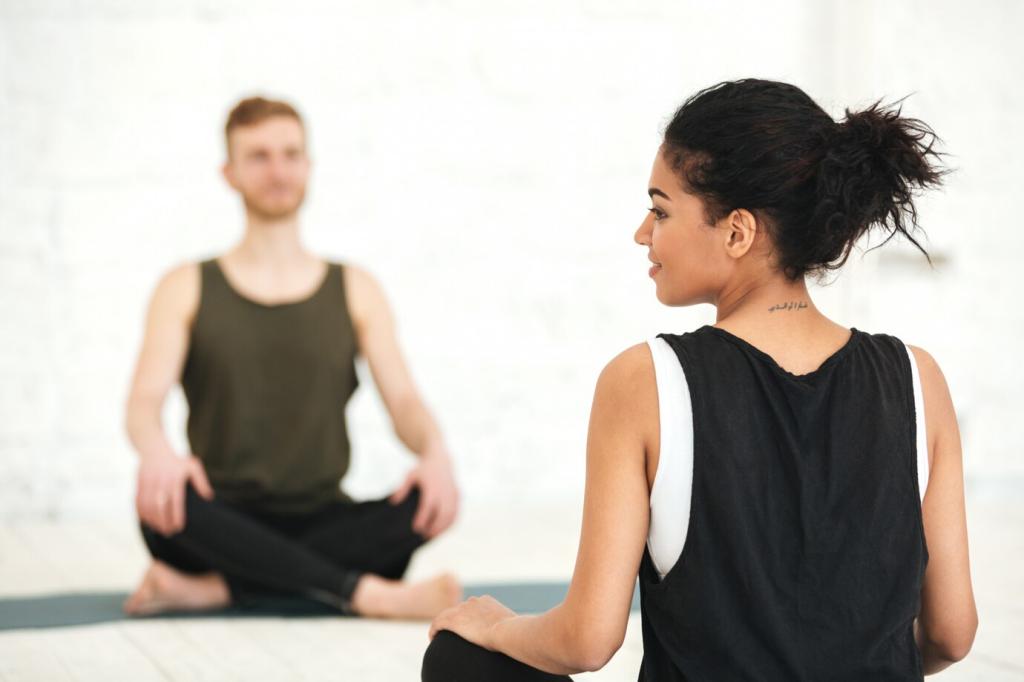Try It Now: A 3-Minute Guided Script
Close your eyes, feel your seat, plant your feet, and breathe slowly. Picture your training venue with real colors, lines, and light. Choose one skill. Whisper its cue word. Share which detail made the scene feel most real.
Try It Now: A 3-Minute Guided Script
See the start signal, execute your first movement, feel rhythm stabilize, and finish clean. Add one contingency and correct it calmly. Keep emotions purposeful—alert, confident, composed. Comment which moment felt sticky so we can suggest targeted tweaks.
Try It Now: A 3-Minute Guided Script
Replay the best version once, then open your eyes and jot two cues you’ll carry into practice. Stack mental and physical reps within ten minutes. Tell us how the transfer felt, and we’ll help refine tomorrow’s script.
Try It Now: A 3-Minute Guided Script
Lorem ipsum dolor sit amet, consectetur adipiscing elit. Ut elit tellus, luctus nec ullamcorper mattis, pulvinar dapibus leo.


